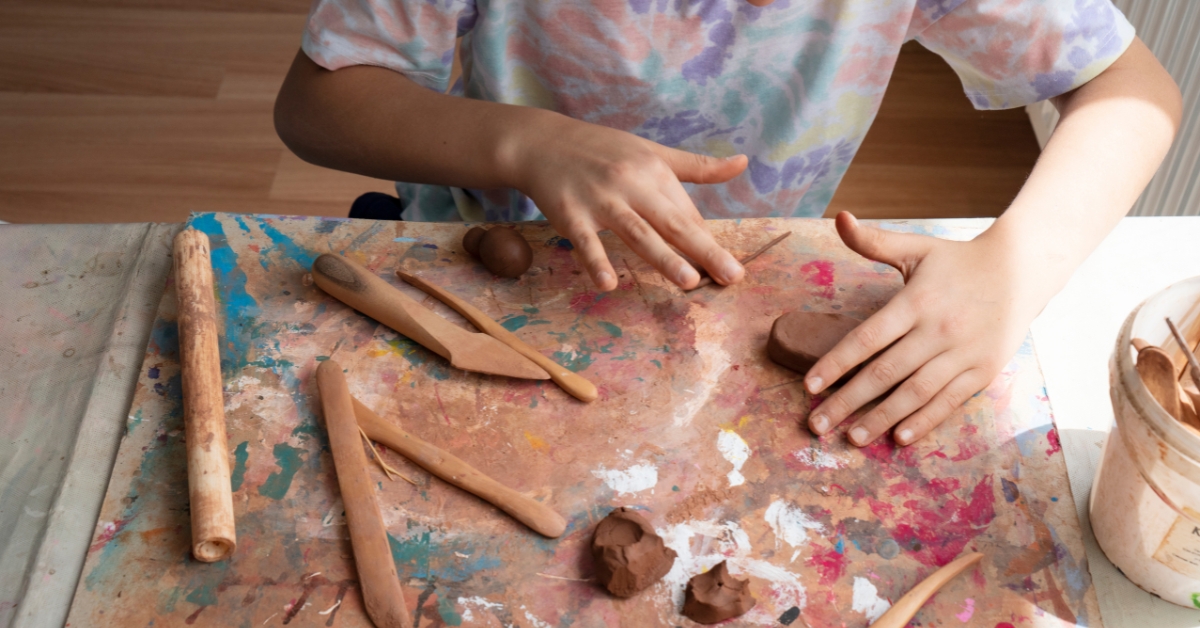Home education or “homeschooling” has long been a powerful approach to personalized education, allowing parents to tailor their teaching methods to suit their children’s individual needs. Over the years, the traditional textbook-centered approach has evolved, with many parents seeking innovative, effective ways to educate their children. One such alternative teaching approach that is gaining traction […]


